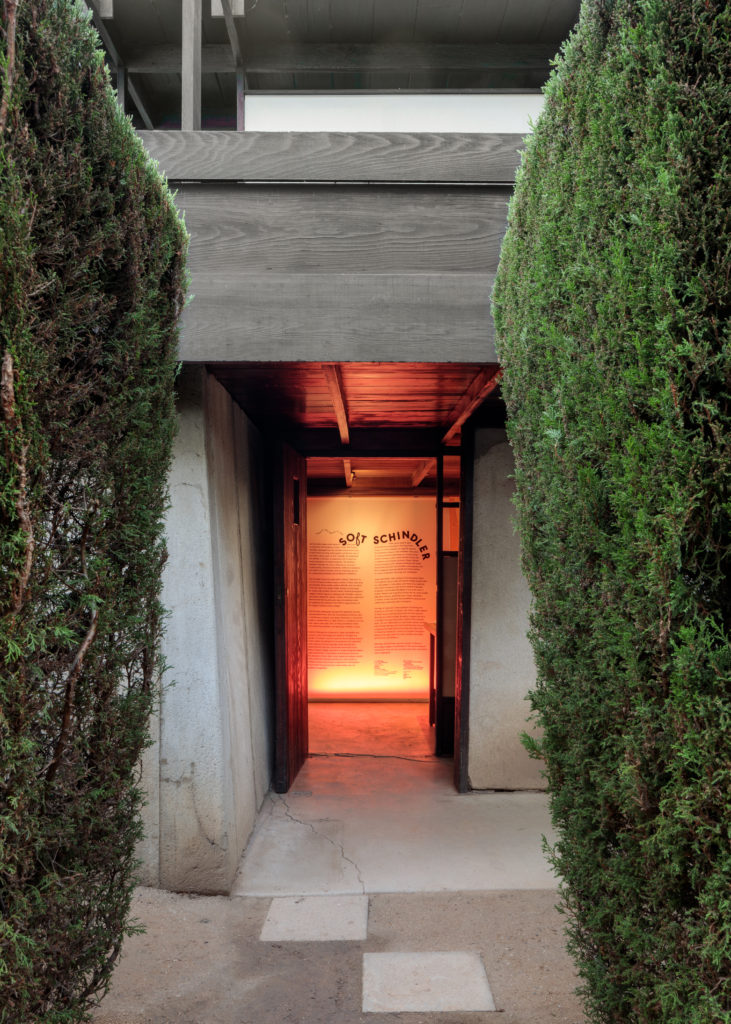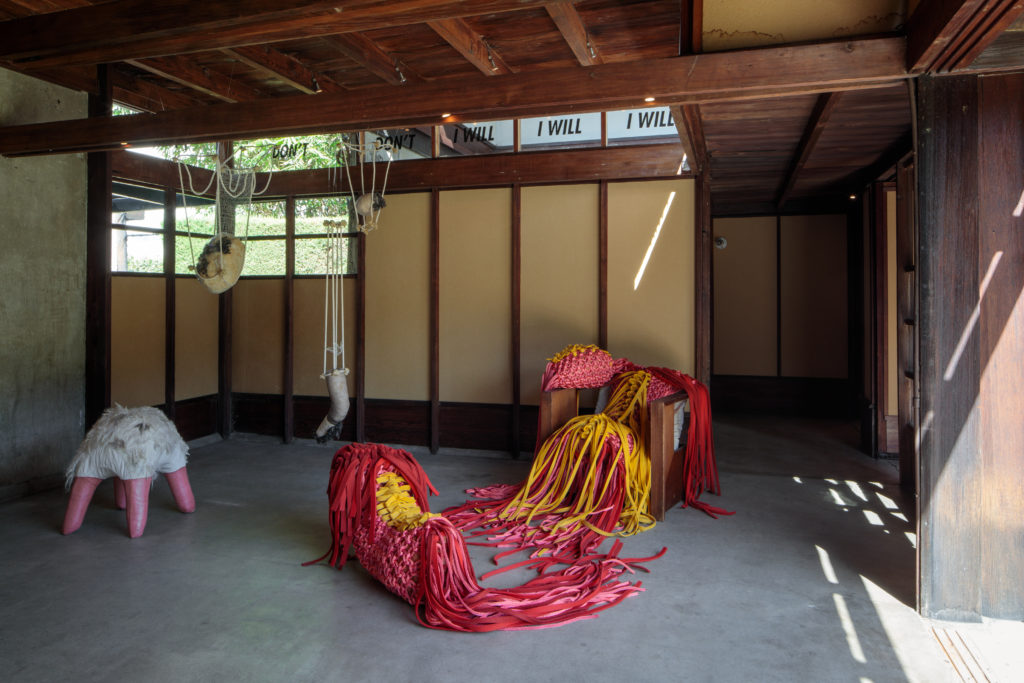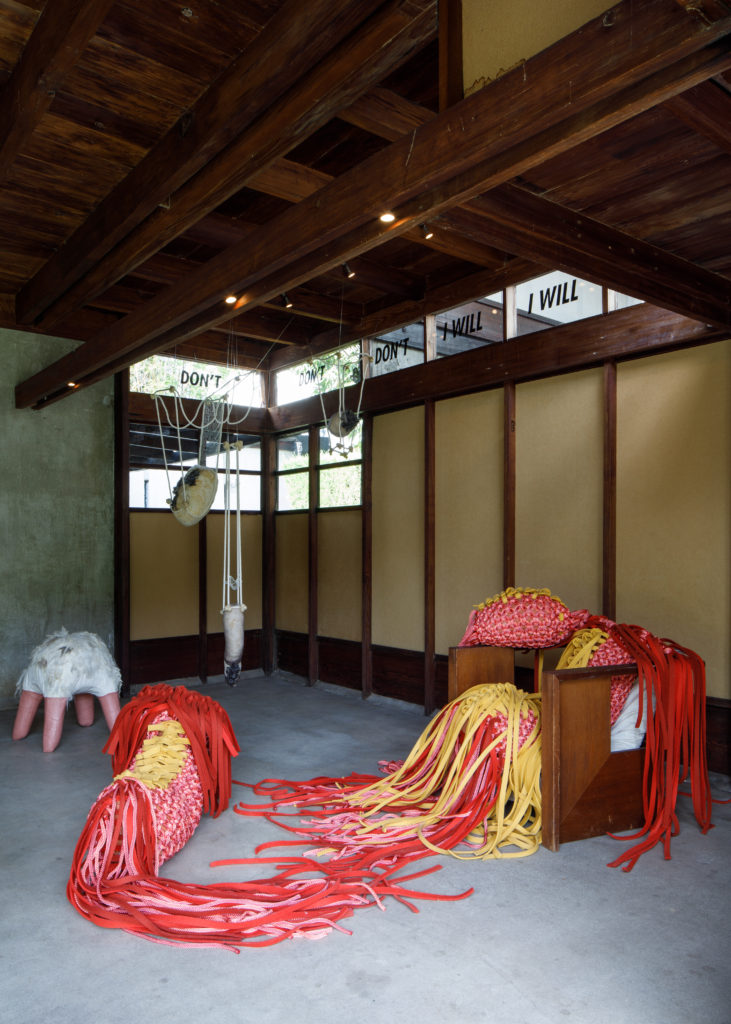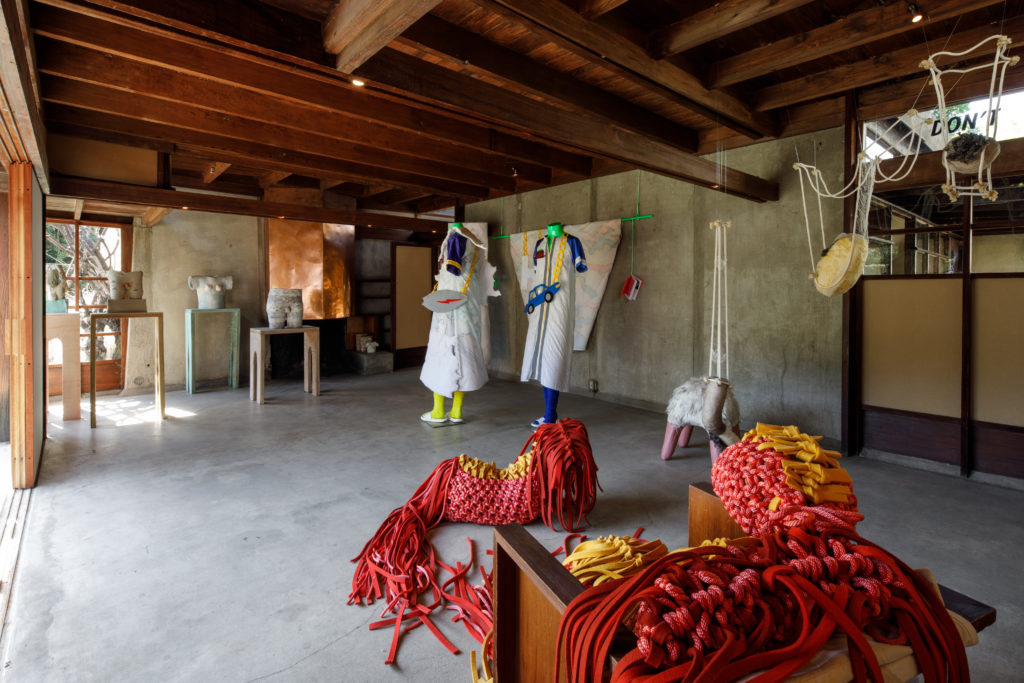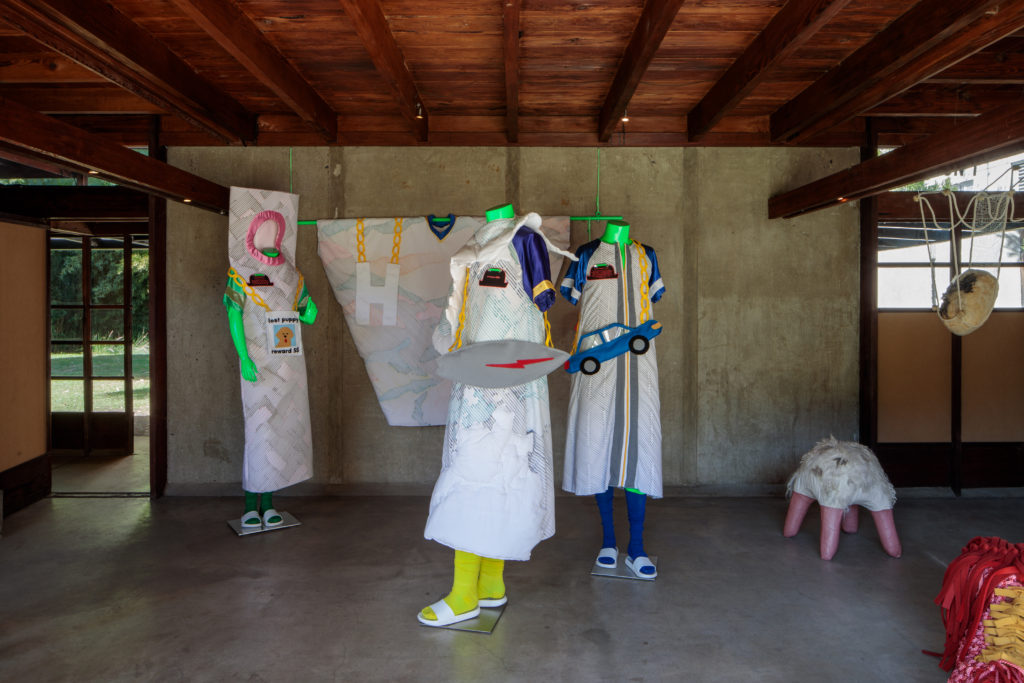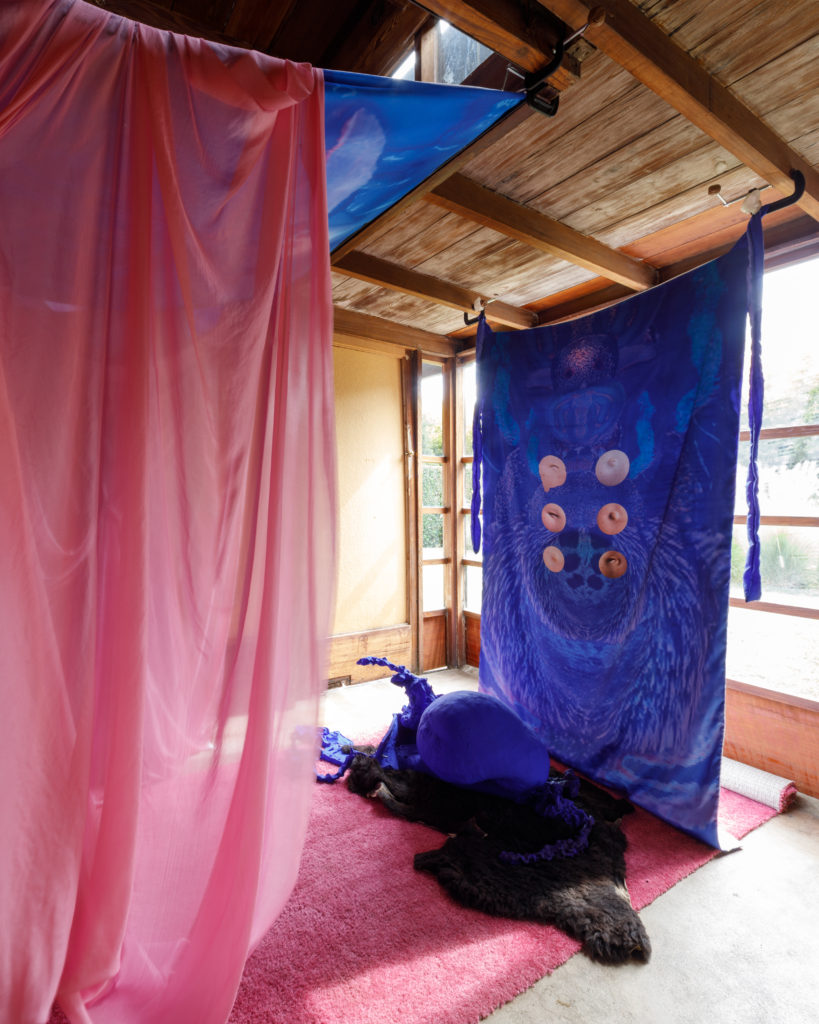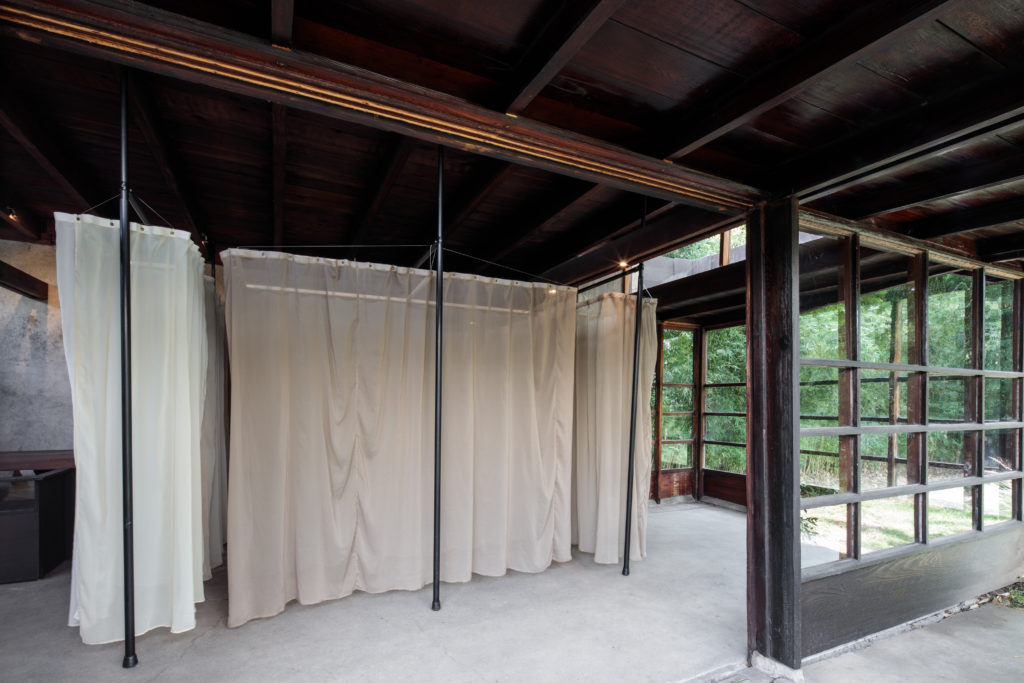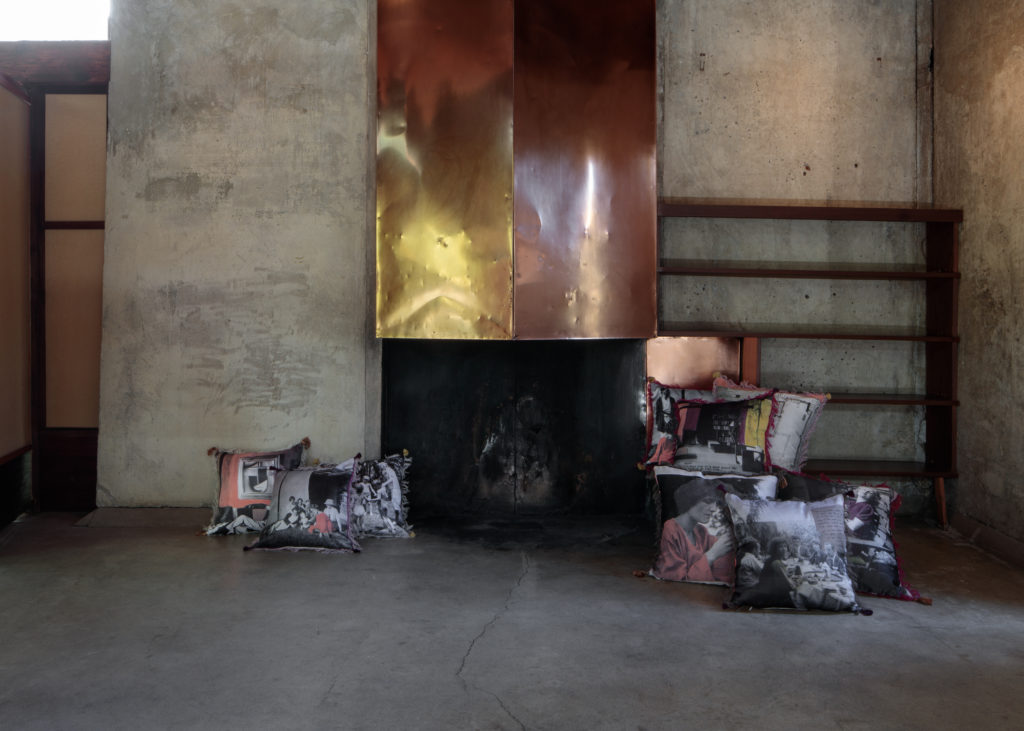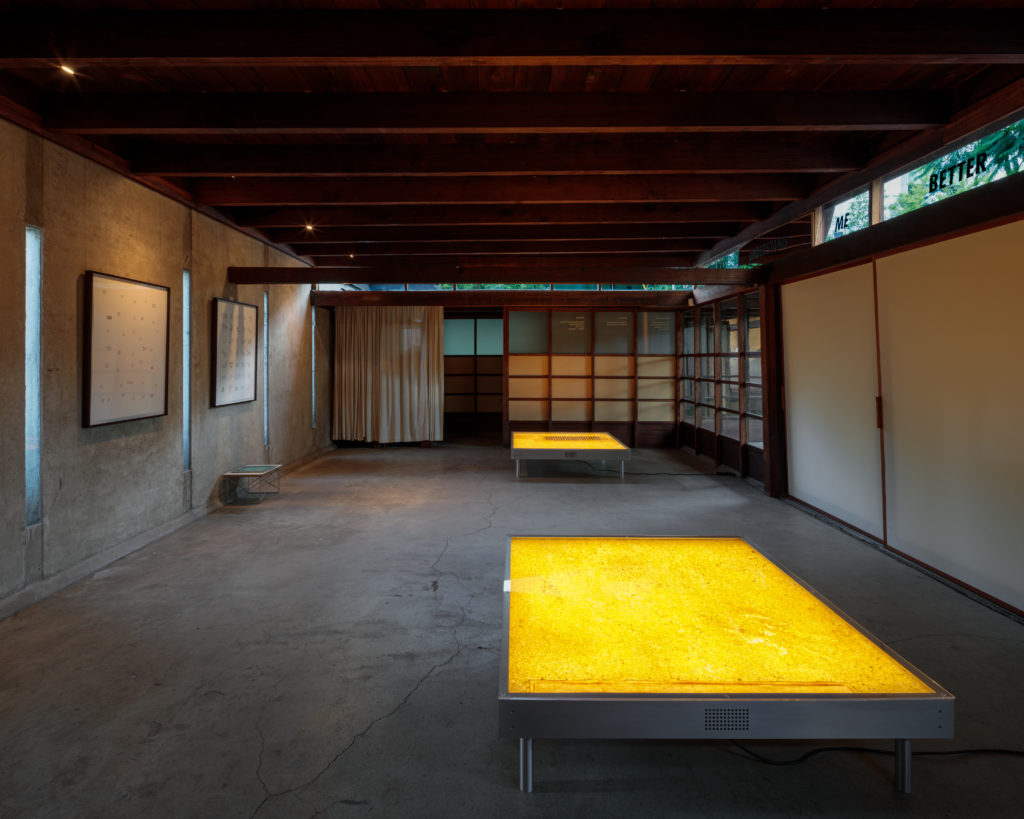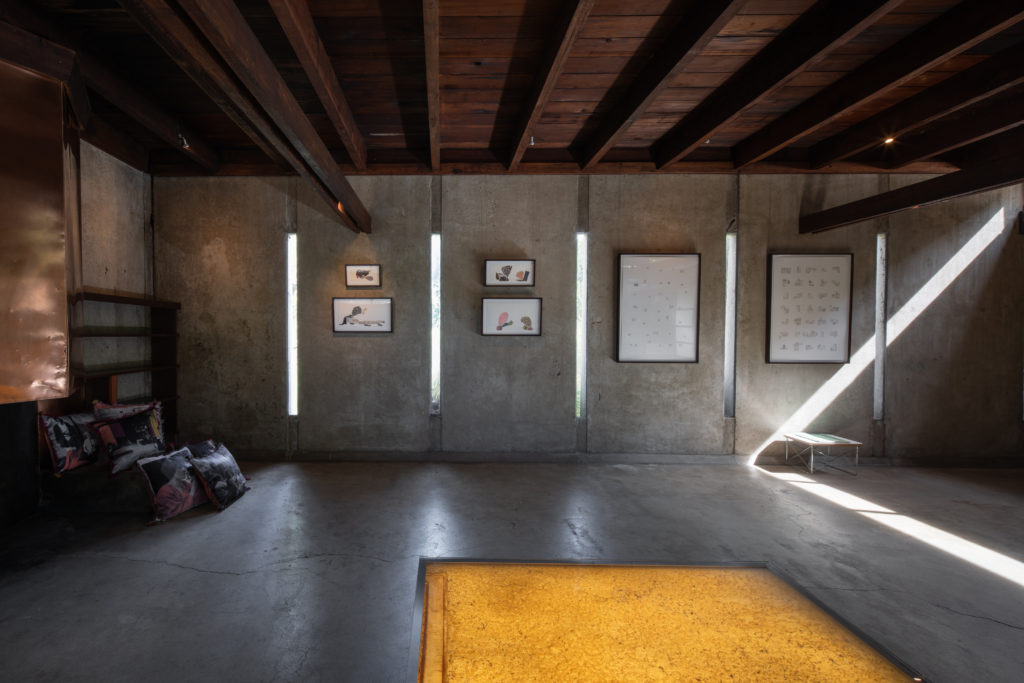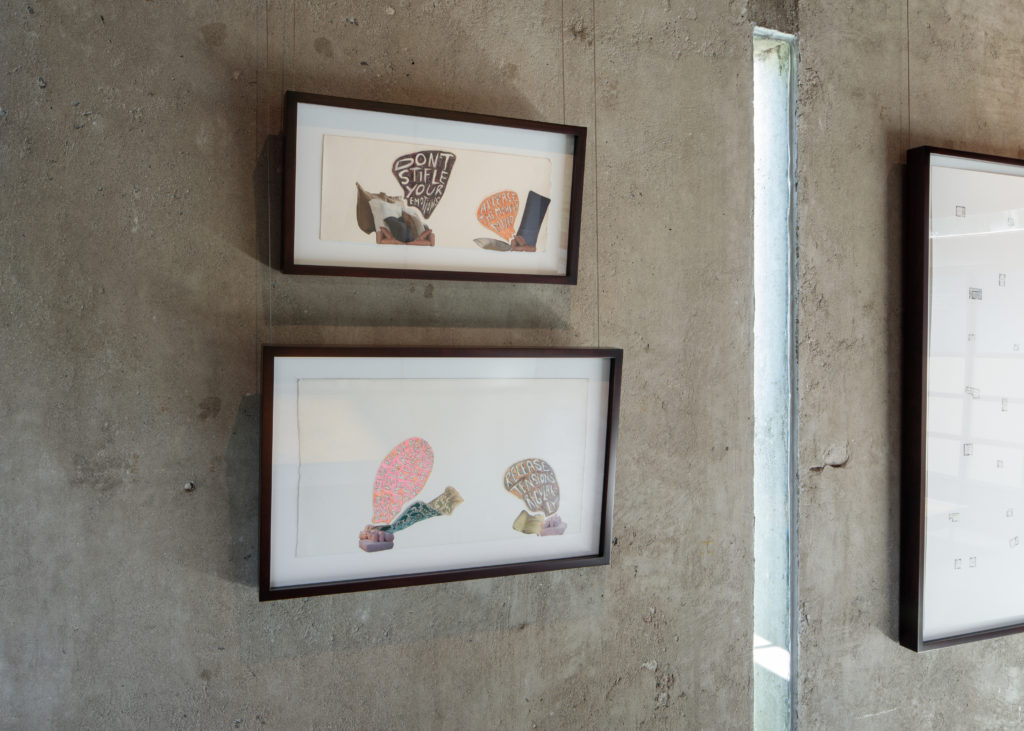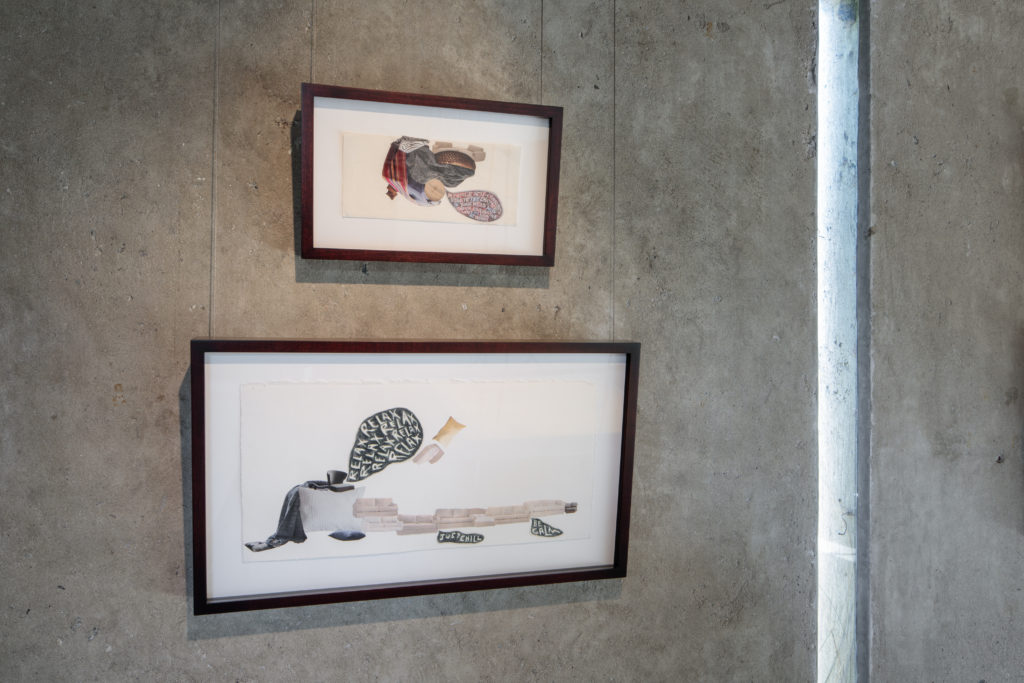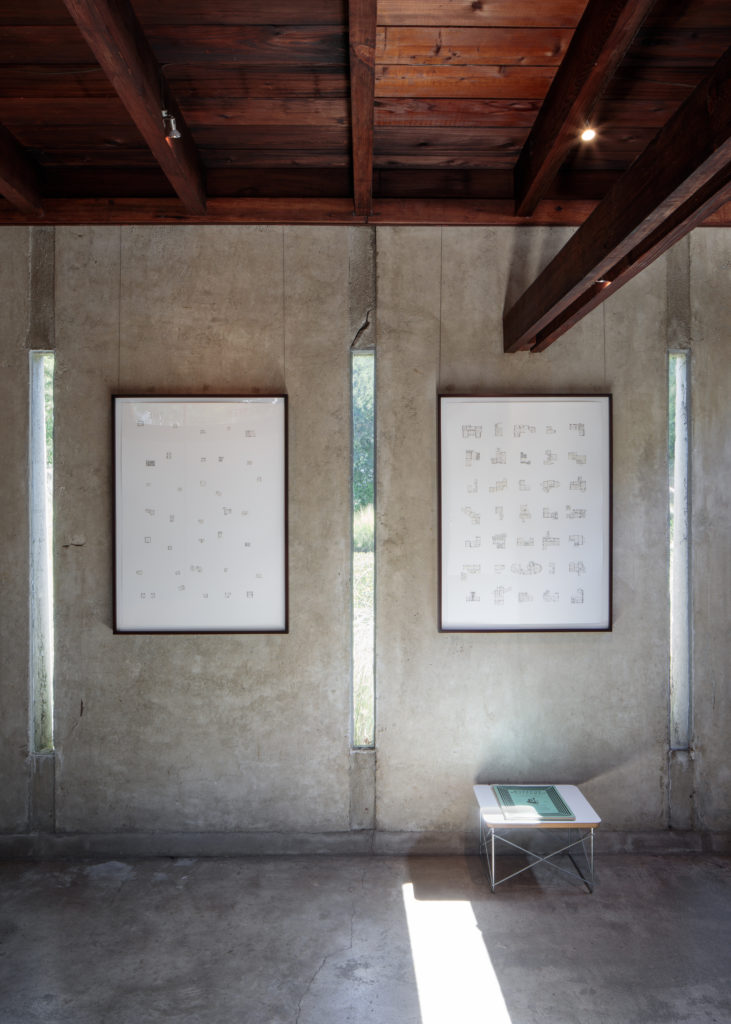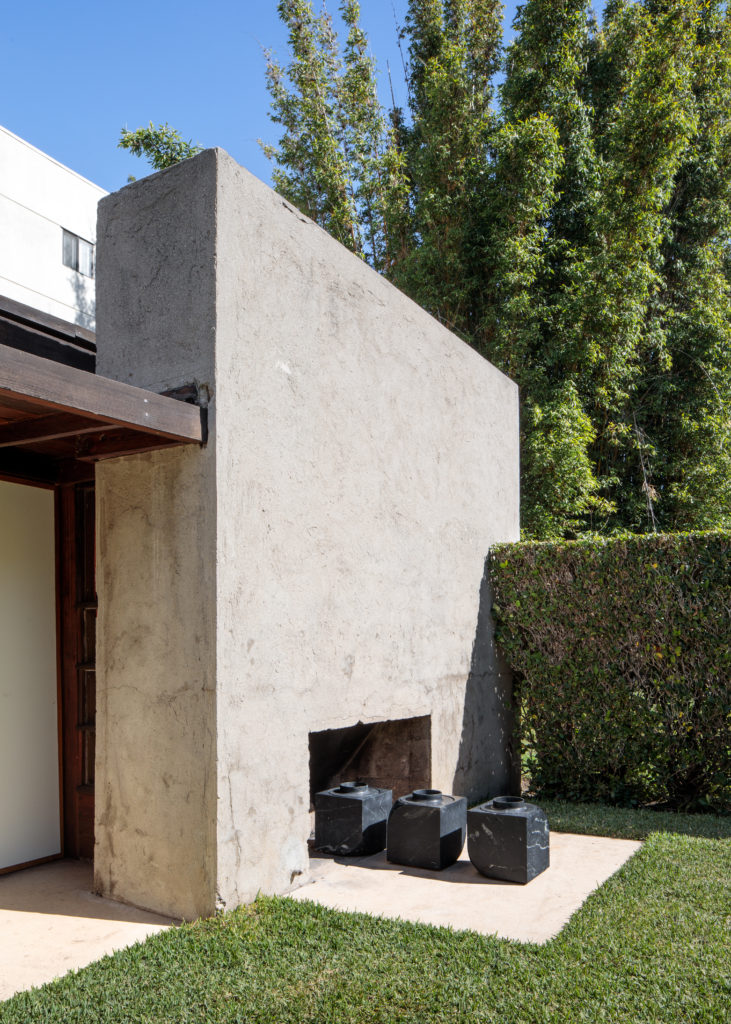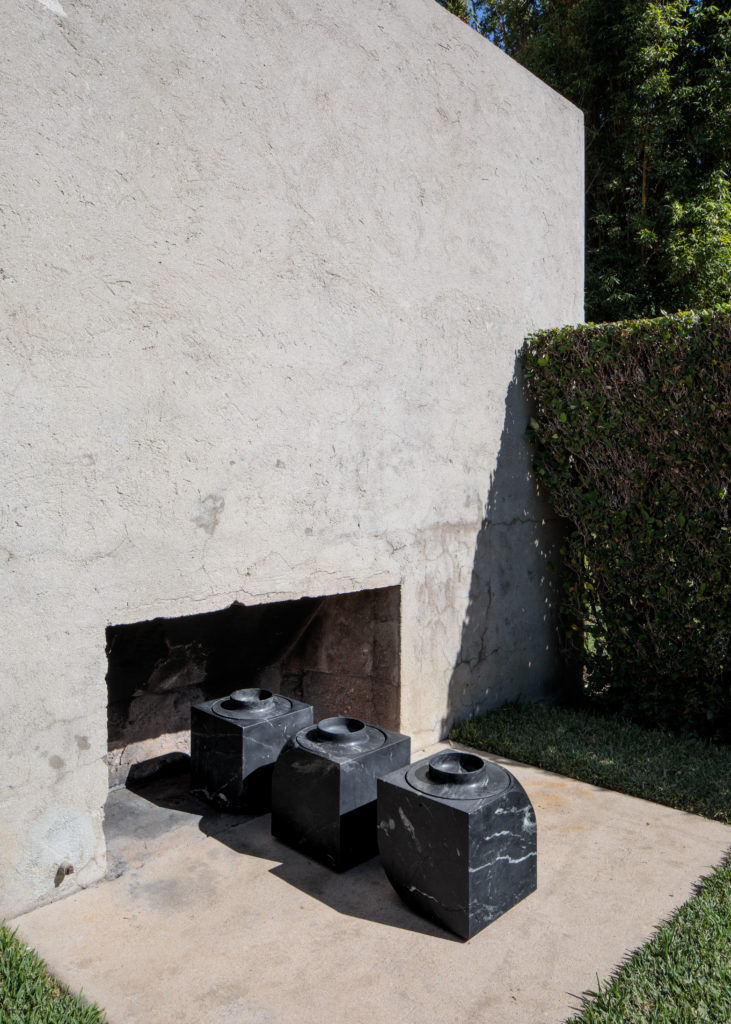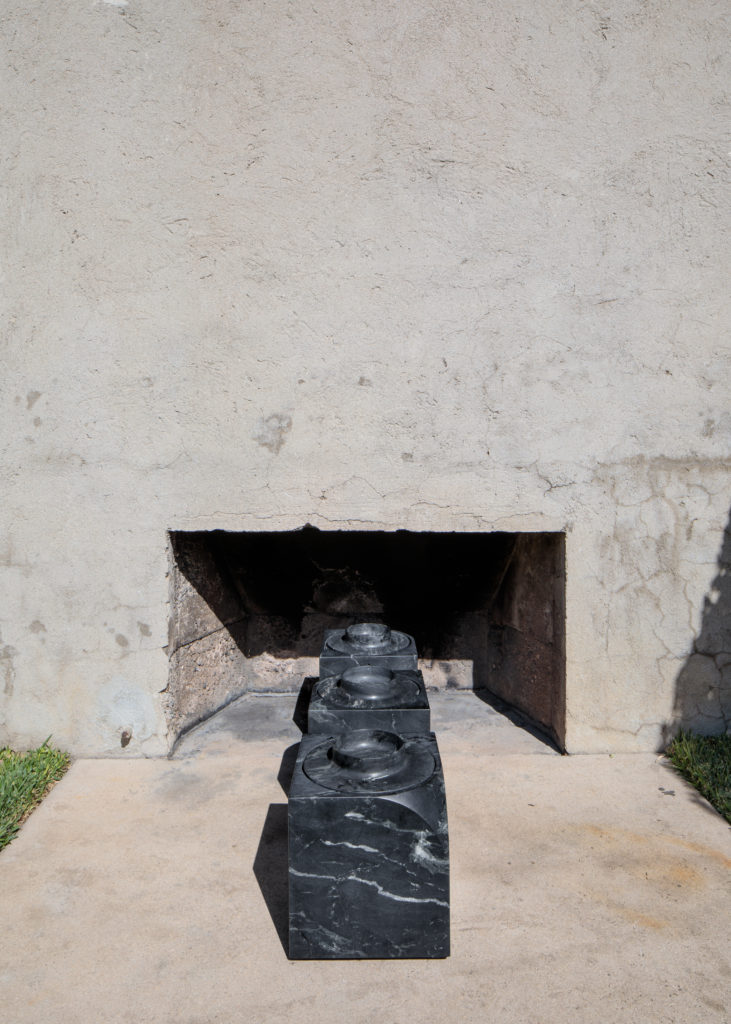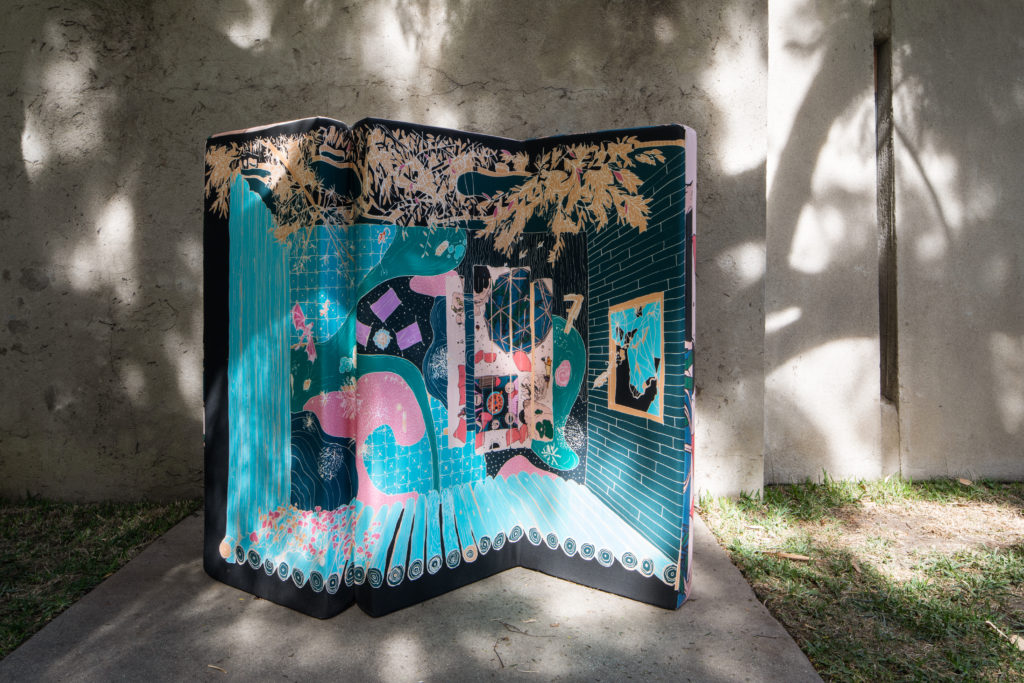The crude kitsch of fast-food diners is being abandoned in a bid to communicate sustainability, community and health
Back in the ’90s, when I was a grad student at SCI-Arc, my class was sent out to the desert to meet art critic and raconteur Dave Hickey, who was then teaching at the University of Las Vegas. We met at the Hilton Sportsbook, a cavernous room where, even in the middle of the day, there wasn’t a sliver of natural light. With a backdrop of screens lighting up the gloom, Hickey shared his philosophy of Mediterranean architecture, which applied as much to the Mojave Desert and Los Angeles, as to the coast of Spain or Italy. Shadow. Darkness. Escape the sun.
Radical interiority – the concept flies in the face of California Modernism, which obsessively blurs boundaries between inside and out, and defies conclusions of Learning From Las Vegas by ignoring the exterior. To illustrate his point, perhaps, Hickey took us to The Peppermill Restaurant & Fireside Lounge, a kitschy Vegas establishment that, true to its ’70s roots, features a sunken living room, purple carpet and 24-hour breakfasts. Time doesn’t simply stop here, but congeals. If fast, fresh, and light are core tenets of contemporary food culture, the Peppermill rejects all of them.
Read More …
